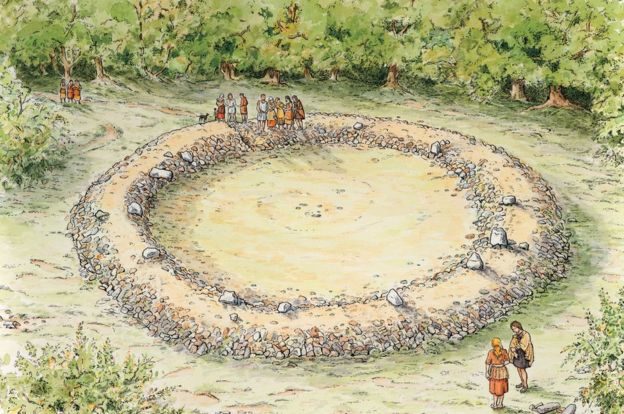
© Anne LeaverArchaeologist Jon Hoyle said nobody knows precisely what ring cairns were used for.
The ritual monument, known as a ring cairn, dates back to about 2,000 BC.
It consists of a circular bank with several small limestone standing stones on top.
Archaeologist Jon Hoyle, who found it, said it was the only site of its kind known about in Gloucestershire, and was a "very significant" discovery.
It was identified following a LiDAR (light detection and ranging) survey of the Forest of Dean.
The technique used laser beams fired from an aeroplane to create a 3D record of the land surface, effectively removing the trees from the landscape.
Mr Hoyle said when he studied the data, he spotted an "extremely circular" feature, which he thought initially might be a World War Two gun emplacement.
After visiting the site, at a secret location near the village of Tidenham, he realised it was much older, dating to between 2,500 BC and 1,500 BC.

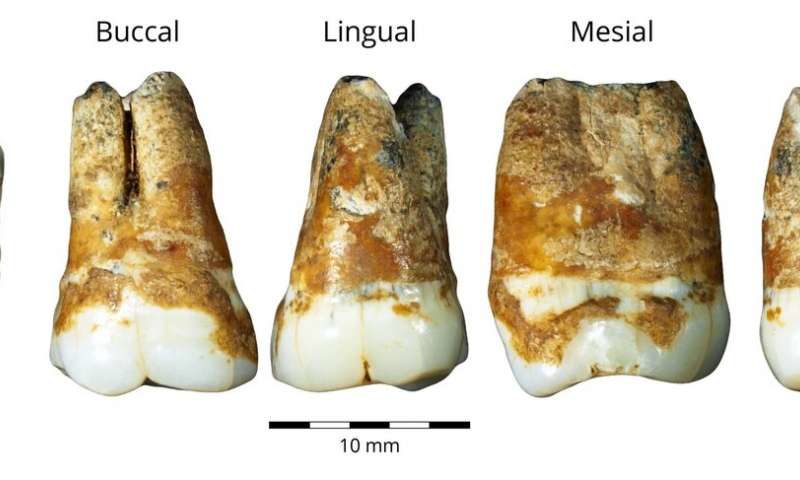
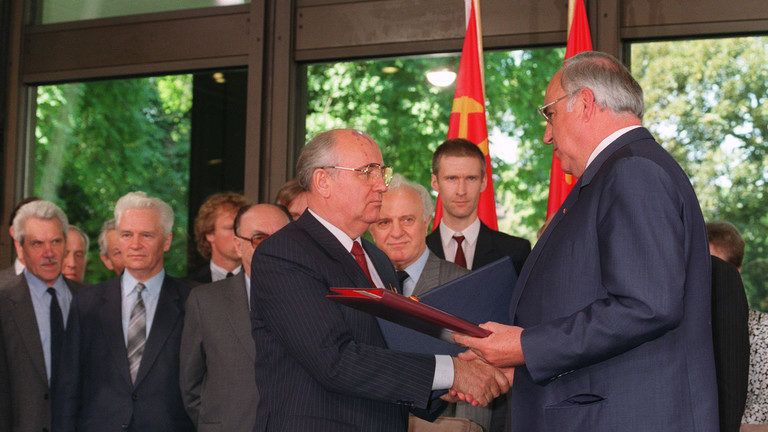
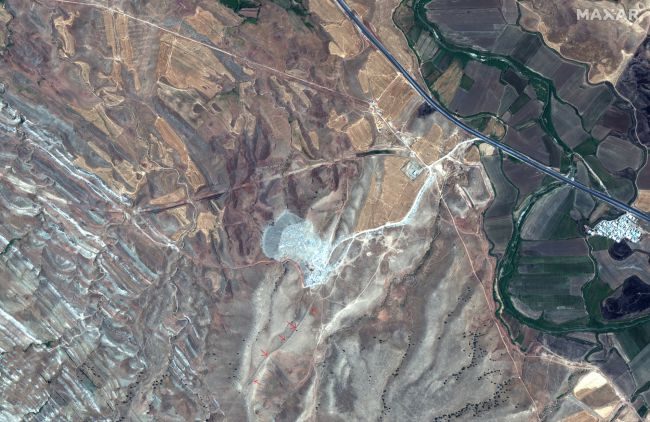
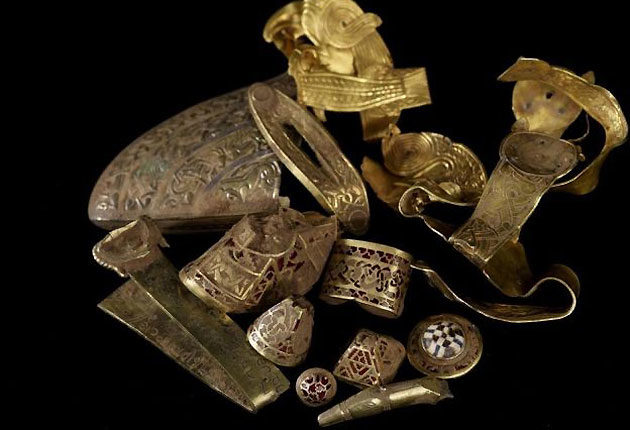
Comment: See also:
- The Golden Age, Psychopathy and the Sixth Extinction
- Did Earth 'Steal' Martian Water?
- Witches, Comets and Planetary Cataclysms
- Of Flash Frozen Mammoths and Cosmic Catastrophes
- The age of the Great Sphinx
- Ancient sculptors in Guatemala made figures from magnetized rocks
- Researcher thinks China's pyramids encode astronomical alignments
And for in-depth discussion on the book, check out SOTT radio's: MindMatters: America Before: Comets, Catastrophes, Mounds and Mythology